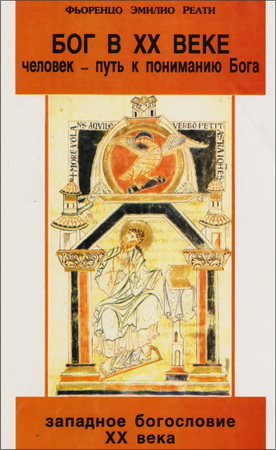
McQuade - QuickNotes Dictionary of Bible Places
Pamela McQuade - QuickNotes Dictionary of Bible Places
Barbour Publishing, 2010. – 258 p.
Print ISBN 978-1-60260-846-7
eBook Editions:
Adobe Digital Edition (.epub) 978-1-62836-454-5
The Dictionary of Bible Places is designed to help students of the Word understand the places mentioned in scripture, covering everything from cities to landmarks. Most of the places have a definition of what that name meant. Names were very important to the people of these ages, and they often named places to reflect incidents that took place there. Where no meaning of a name is listed, it is unknown or of foreign derivation.
Spellings and names are those used in the King James Version of the Bible, since this work is based on Strong’s Expanded, Exhaustive Concordance of the Bible. Since many readers use other Bible versions, I have sometimes given alternative translations (for example, the Wilderness of Zin may be referred to as the Desert of Zin).
To assist readers in understanding the geography of the areas referred to in scripture, eight maps have been included begining on page 248. Many places, especially in the Old Testament and where a name is only mentioned once, cannot be accurately identified. On some maps, a question mark indicates that scholars are not certain this is the correct site.
Because the scriptures deal with many people, places, and nations, I have provided a time line that can help readers sort out the differences of empires, rulers, and times. The dates are often approximate, since accurate dating at such a distance and in various cultures is difficult. Scholars often disagree on exact dates for many of these events; and a few dates, such as those of the ministries of the prophets Obadiah and Joel, remain inconclusive. I am deeply indebted to Stephen M. Miller’s The Complete Guide to the Bible for the lists of the kings of Israel and Judah and the prophets.
Not all the ancient empires and their kings are included, only those that impacted the Jewish people. This span of the empires is provided so that readers can understand the powerful influences that were working throughout the Middle East at the time the scriptures were being written. Keep in mind that under some less powerful rulers, the Mesopotamian empires had little contact with the Jews, while their most powerful kings sought to invade Israel and Judah.
The Babylonian Empire that preceded Assyria’s rise to power did not impact Israel as did the Babylonian Empire that followed Assyria’s rule. The Greeks called this second Babylonian Empire the Chaldean Empire. Sometimes scripture calls them the Babylonians, but at other times they are the Chaldeans. To be certain readers do not confuse the two empires, throughout the text I have usually referred to this as the Neo-Babylonian (Chaldean) Empire.
My focus in writing has been to give readers an understanding of both the geography of each place and the biblical events that occurred in each place. May this work bring understanding concerning where the Bible events occurred and what happened there.
* * *
GEBA
OT12
A hillock
One of the forty-eight cities given to the Levites as God had commanded. Geba was given to them by the tribe of Benjamin. When the city was in Philistine hands, Jonathan attacked this garrison, and David fought the Philistines up to Geba. King Josiah of Judah defiled Geba, which had become a place of pagan worship. After the return from exile, the people of this city lived at Michmash, Aija, and Bethel. Same as Gaba.
FIRST REFERENCE
JOSHUA 21:17
LAST REFERENCE
ZECHARIAH 14:10
MACEDONIA
NT28
Famed homeland of Alexander the Great, in the New Testament era Macedonia was a Roman province north of Greece; it included the cities of Philippi, Berea, and Thessalonica. The apostle Paul began his ministry there after he had a vision of a Macedonian who requested him to come to his land. In response, Paul and his ministry companions traveled to Philippi, the chief city of the eastern part of the province. There Lydia became the first European convert (Acts 16:14–15).
But ministry in Macedonia was not always easy. The apostle declared that in Macedonia “our flesh had no rest, but we were troubled on every side” (2 Corinthians 7:5). During his first visit to Philippi, Paul and Silas were beaten and imprisoned. But their suffering bore fruit, as their jailor came to faith. Paul and Silas moved on to Thessalonica, where a multitude of devout Greeks believed, not a few of whom were the chief women of the city. Trouble again arose, and Paul and Silas moved on to Berea, where the Jews to whom he preached studied the scriptures to see if he spoke the truth.
But again, after some people believed, Paul’s opponents from Thessalonica stirred up trouble, so Paul traveled on, leaving Timothy and Silas to continue the ministry. Paul took Macedonians Gaius and Aristarchus as companions in his ministry. They visited Ephesus with Paul and became part of the riot inspired by the silversmith Demetrius (Acts 19:29). After the uproar died down, Paul returned to the Macedonian ministry.
The Thessalonians became examples to the fledgling church of Macedonia as they turned away from idolatry. And the apostle commends them as successful Gospel preachers (1 Thessalonians 1:8). The churches of this province also gave to the collection of funds for the beleaguered church of Jerusalem.
Paul closely connected his visits to Macedonia with those to Corinth, and he spoke to the churches about each other. The apostle confronted Corinthian pride, telling the church at Corinth that where it did not provide for him, Macedonia supplied his needs. But Philippi had also provided for him when Macedonia failed.
FIRST REFERENCE
ACTS 16:9
LAST REFERENCE
1 TIMOTHY 1:3
KEY REFERENCES
ACTS 16:9–12; 2 CORINTHIANS 7:5
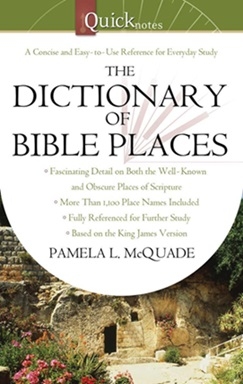
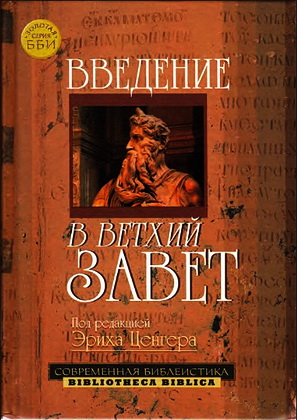
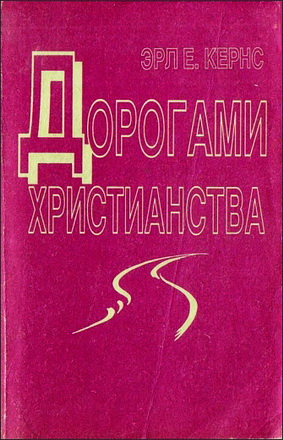

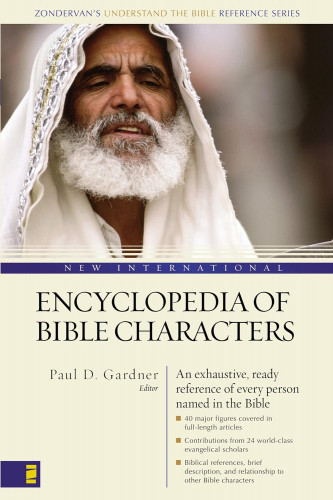
Комментарии
Пока нет комментариев. Будьте первым!